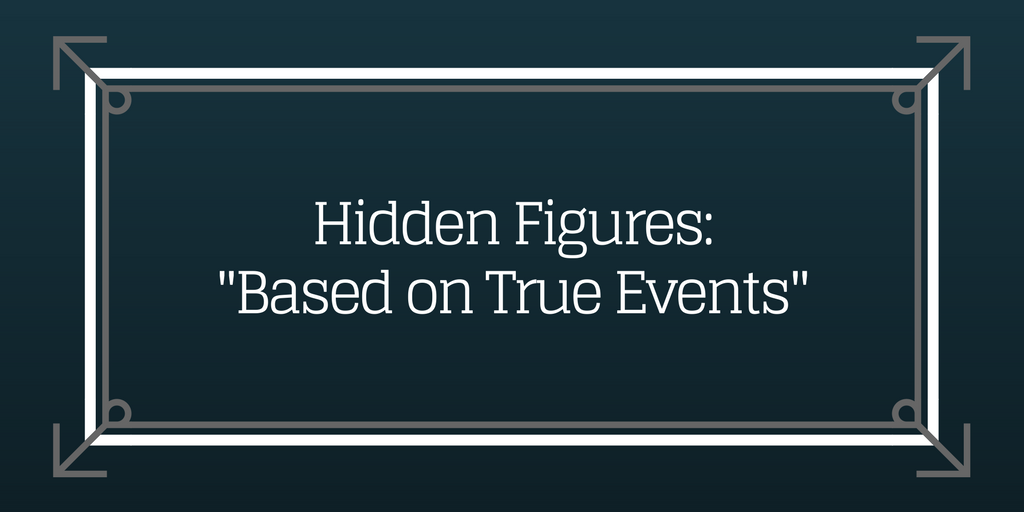By Cara Young, Columnist
When people think of the space race, the last thing on their minds would be African-American women working at NASA. On September 6, 2016, Margot Lee Shetterly reveals the hidden truth behind the space race in her book Hidden Figures. Just four months later, on January 6, 2017, the book was made into a major motion picture.The movie has been nominated for awards in the Oscars, Screen Actors Guild and the Golden Globes, including a nomination for Best Picture. Both the book and movie follow three African-American women; Katherine Johnson, Dorothy Vaughan and Mary Jackson through a behind the scenes story of the great space race. These three women were employed at NASA for a job that at the time was described as “human computers.” These women (among several others) solved complex mathematical equations by hand faster than the adding machines at that time. There doesn’t seem to be a number sequence they can’t handle. Even in 1960’s segregated Hampton, Virginia, these ladies make astronomical strides not only in racial equality but gender equality as well, all the while rising to the occasion of America’s greatest accomplishment.
Portraying our first prodigy, the character Katherine Johnson is portrayed by Empire actress Taraji P Henson who did a fantastic job shaving her normal level of self-confidence, attitude, and brilliant audacity to fit the mousey role presented in the film. Next, we have Octavia Spencer, a well-rounded actress taking on characters from serious to silly and sassing up every one of them, beautifully filling the heels of Dorothy Vaughan. Rounding out our leading ladies is the role of Mary Jackson played by singer/song writer, model, and actress Janelle Monae. Also, bringing a degree of star power to the supporting cast is Marvel’s Luke Cage, Mahershala Ali as Colonel Jim Johnson, Katherine’s love interest. Additionally, Big Bang Theory genius Jim Parsons as NASA genius. Paul Stafford and Draft Day actor Kevin Costner as Al Harrison took slots as some of NASA’s space program mathematical design leaders.
If that cast isn’t music to your ears, the actual soundtrack will be. Keeping true to the 60’s theme, the melody and lyrical appeal was defiantly identifiable with the time. Not a big surprise, however, when the dominating artist turned out to be Pharrell Williams bringing songs “I See Victory”, “Crave”, and “Able” into context seamlessly with the picture. Several other artists contributed to the film’s soundtrack, such as Ray Charles, Ruth Brown, Titus Turner, and Mary Jackson’s actress Janelle Monae, bringing their own brand of rhythm, funk and mad talent. Attributing the movie success to these factors with a slight bow to director Theodore Melfi, who you may not remember from films such as St. Vincent, Winding Roads, and The Story of Bob, because you probably didn’t know those were films in the first place. Regardless, this picture did its job. Hidden Figures was well-received, memorable, and a stunning step in American history that would have otherwise continued to be overlooked.


